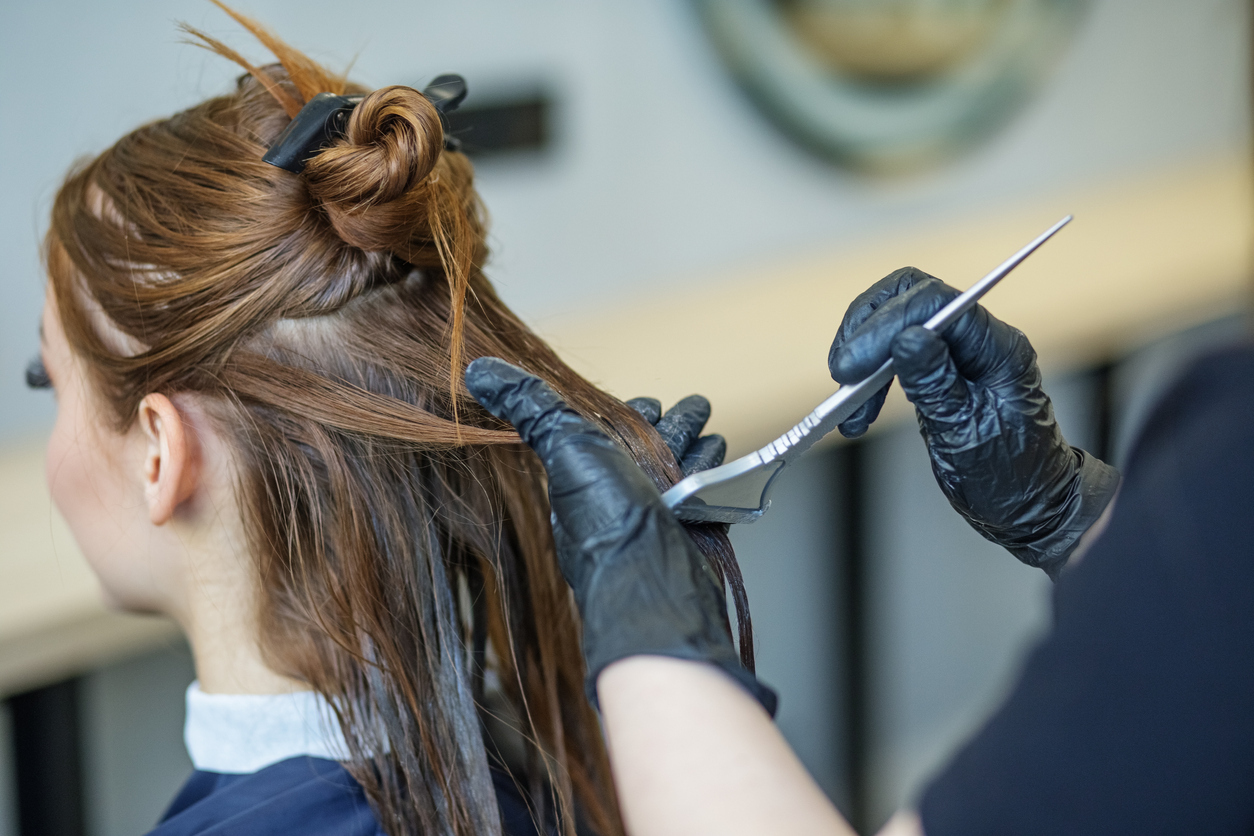Dramatic Hair: Balayage or Ombré?
For people looking for an updated hair color but not wanting an extreme change, techniques like balayage and ombré might be just right. Hairstylists need to be up-to-date on these popular techniques, which offer a more subtle upgrade than a full-dye job.
HICI Go is a learning platform that offers instruction in a variety of beauty techniques, including hair coloring, via online and in-person hair courses for both professionals and novices throughout the United States. We also offer in-person courses in Florida, Texas, Connecticut, Maryland, and Pennsylvania.
Here, we’ll share more insight into balayage and ombré hair-coloring techniques, the differences between them, and when they should each be used.
What Is Balayage?
Balayage is one of the hottest trends in hairstyling and is one way to upgrade someone’s look without a complete hair makeover. The word “balayage” originates from the French word for “sweeping,” and it makes sense, as the hairstylist uses a sweep-like motion and brush to apply lighter hair dye on the hair in a vertical motion.
The technique is performed freehand, meaning the stylist isn’t following a certain pattern and is tailoring the balayage to each client’s hair. The colorist performing balayage will generally start applying color from the middle of the hair downward, keeping the roots their natural color. When applied in this way, the dye has a more natural and graduated effect, which is why balayage is so popular.
What Is Ombré?
Ombré hair coloring is less of a method and more of an effect. The effect consists of a contrast in which colors fade into one another, usually with the darker shade at the roots and the lighter shade at the ends. However, it can be done either way depending on the client’s preference. The fade from dark to light creates the ombré effect, which means “shadow” in French. Depending on the stylist, the ombré can range from looking dramatic to lived-in. According to John Frieda, stylists should paint the dye through the mid-lengths and ends of the hair, as well as gently backcomb the line where the dye meets the hair to avoid a harsh line that looks unnatural.
Balayage vs. Ombré Hair
Balayage and ombré are both popular hair trends that many clients are requesting, and they’re similar in that they both involve applying dye to the hair from the mid-length to the ends. However, the biggest difference between the two is the fact that balayage is a way to apply hair dye to create an effect, and ombré is the hair effect. There are a few more ways that balayage and ombré hair differ:
Application Method
When performing a balayage service, hairstylists use a freehand method to apply the dye with a paintbrush. The stylist doesn’t focus on applying the dye to any specific area or length or completely covering the hair. This allows the balayage to have some natural color still showing through and lets the lighter color mix in with the natural color. Stylists doing ombré hair dye use a more uniform method to apply the dye, focusing on the mid-length to the ends and completely covering the hair with dye in a horizontal fashion. This provides a more intense look with no natural color showing through at the bottom part of the hair.
Appearance
Since the method for performing each service is different, the dimension and intensity of the results are different, too, which means balayage and ombré have different appearances. Although they may look similar to the untrained eye, balayage has more dimension and less intensity than ombré.
This is because balayage uses a freehand method that leaves glimpses of the natural hair peeking through, creating dimension and a more natural and lived-in look. Ombré, on the other hand, involves completely dyeing the ends of the hair to cover the natural color. This prevents dimension at the ends and provides a more intense look than balayage has. Even though ombré is more intense than balayage, it can still look somewhat natural when done by an experienced hairstylist.
Balayage and ombré are both fairly low maintenance to keep up with, as they can grow out and still look natural. But which is better? It depends on what type of look the client wants. If they like a more sun-kissed style with dimension that could trick people into thinking it’s what they were born with, balayage is probably better. If they love switching up their hair and want a more intense look that people will notice, ombré could be better. It’s always beneficial to discuss options with clients so you as a hairstylist can recommend the best choice.
Access Hairdressing Courses With HICI Go
Whether you’re a beginner looking to learn popular hair techniques or a licensed cosmetologist who needs a refresher, HICI Go courses can be helpful for you. We ensure that each student is equipped with the knowledge needed to stay relevant and successful in their endeavors. We offer live webinars and on-demand online video courses for students across the United States. We also partner with Cortiva Institute and Hollywood Institute for in-person courses in Florida, Texas, Connecticut, Maryland, and Pennsylvania.
Our course listings are updated frequently, so check back often for new offerings. To learn more about hair color and other courses we offer, contact us today.



